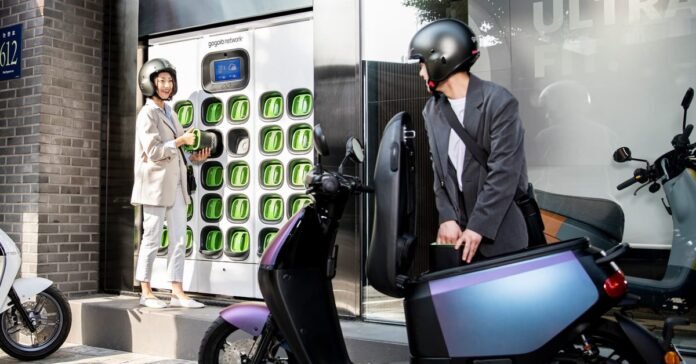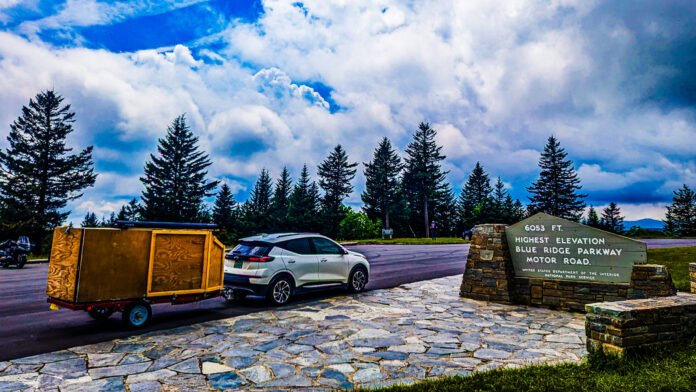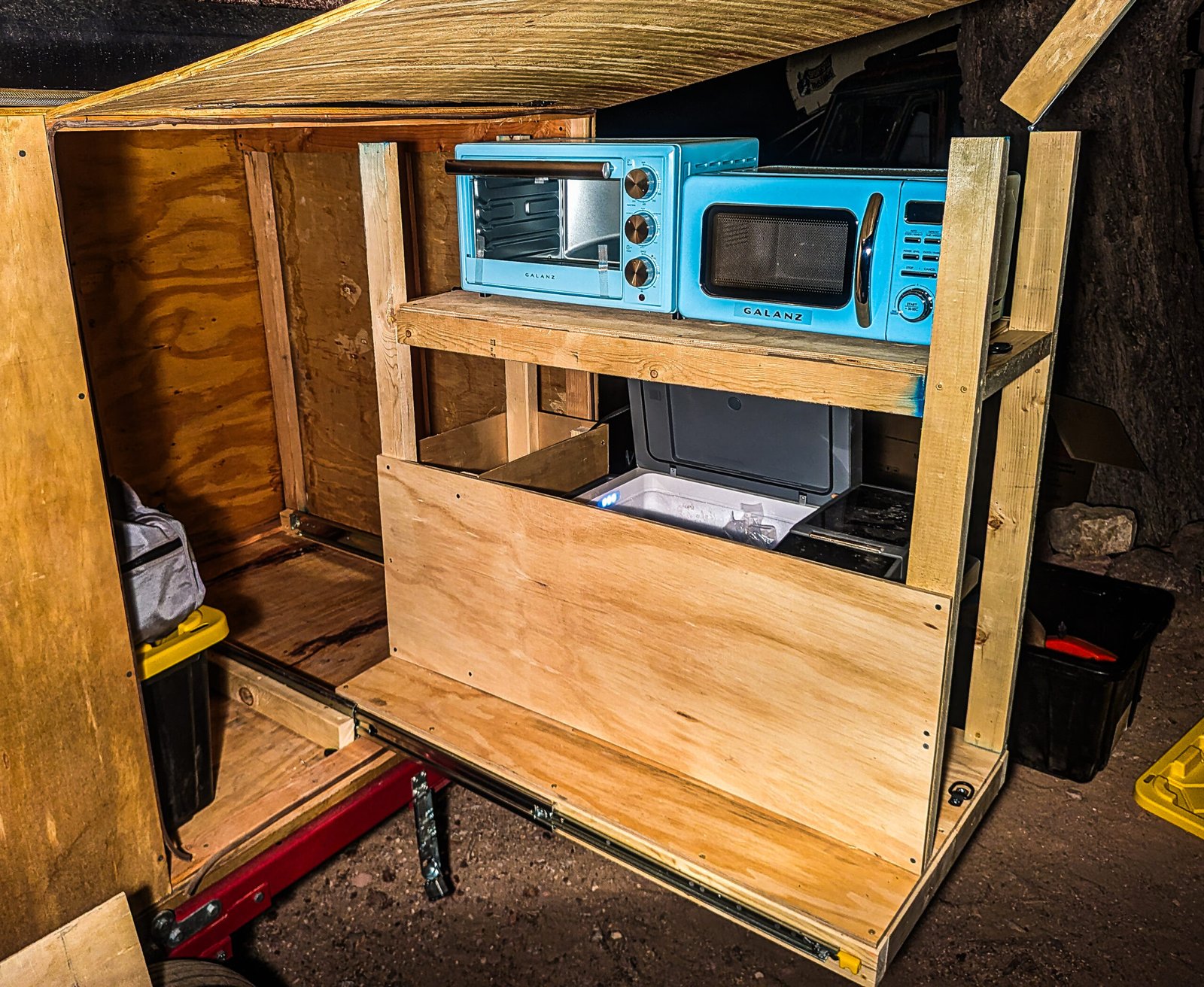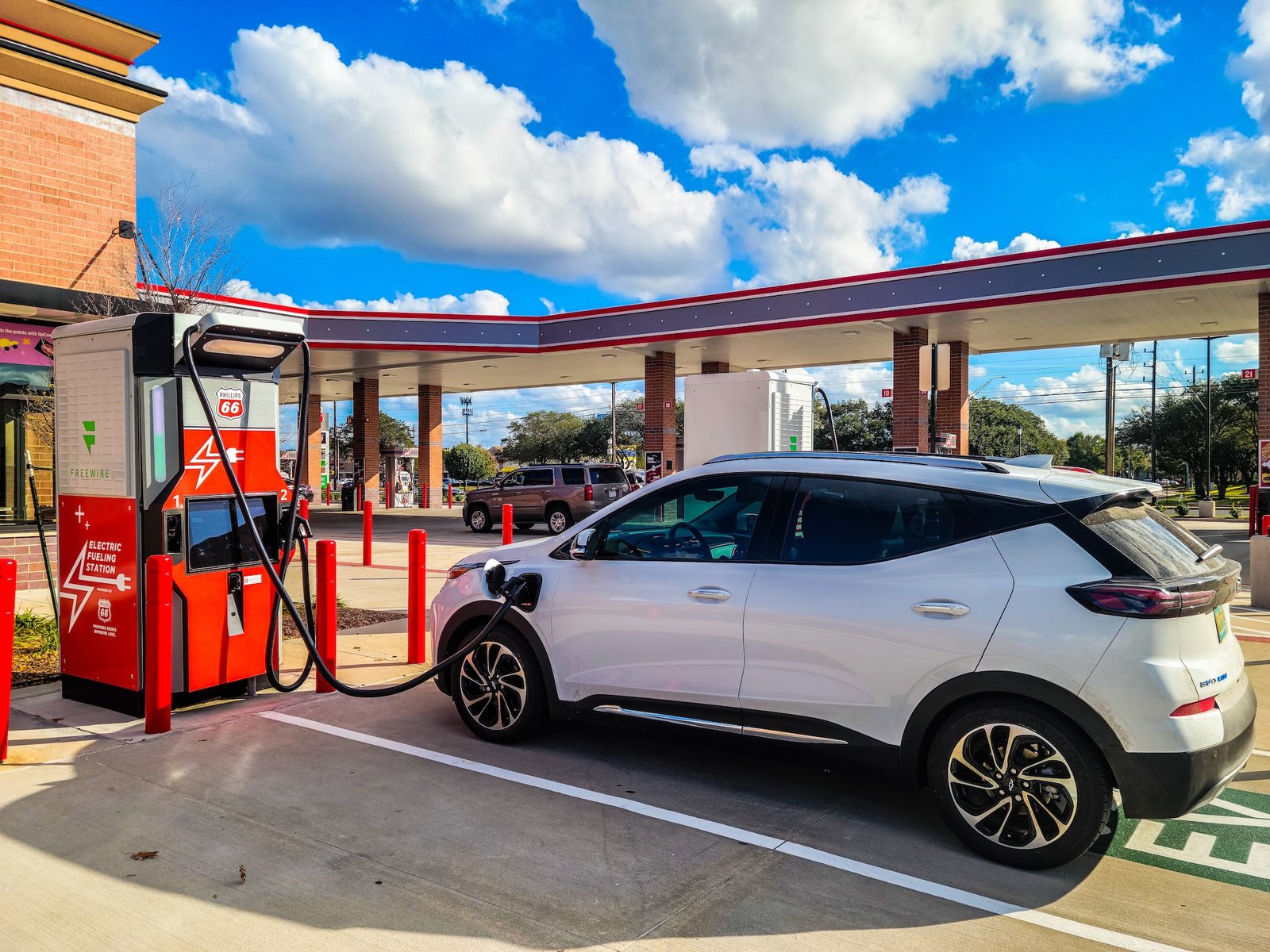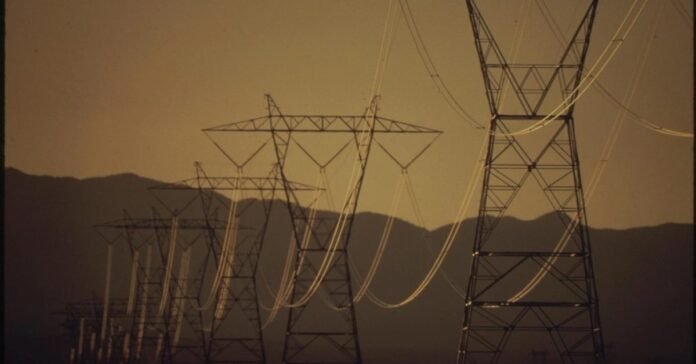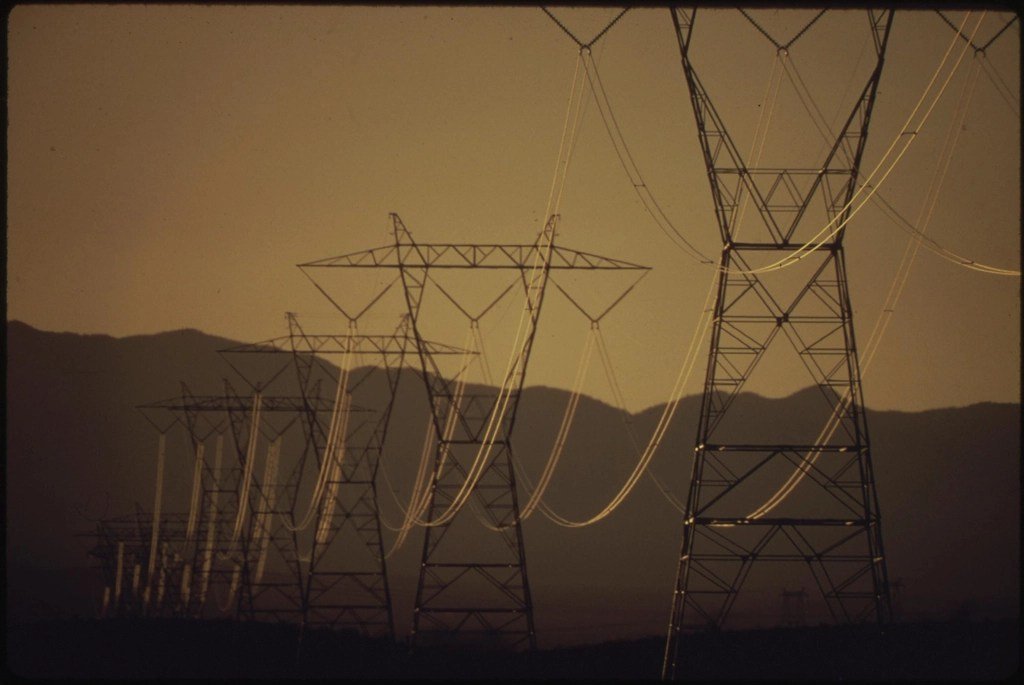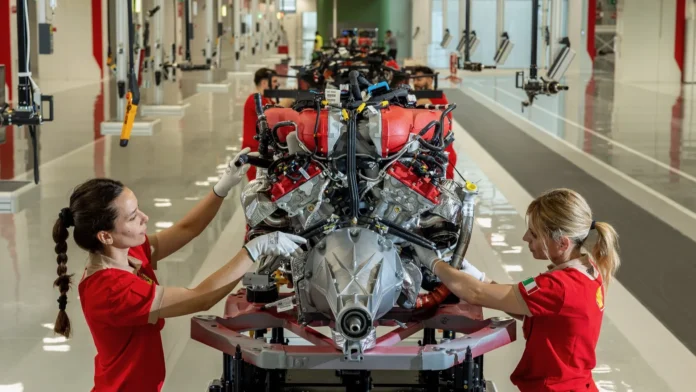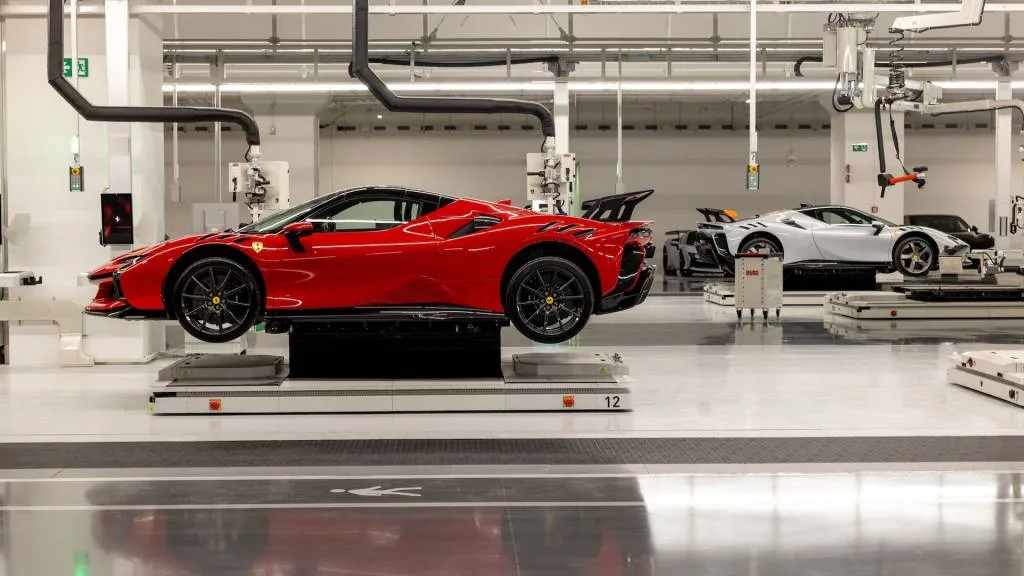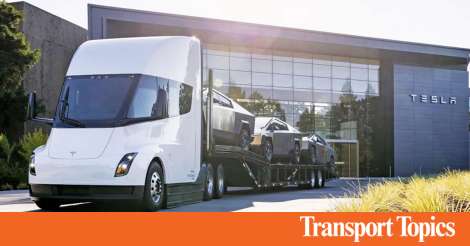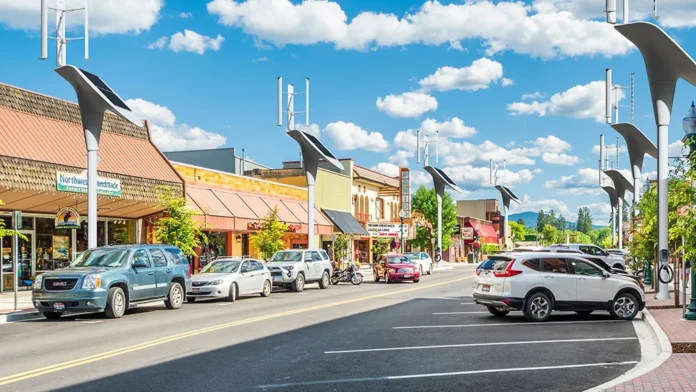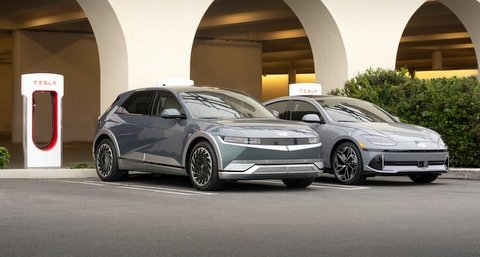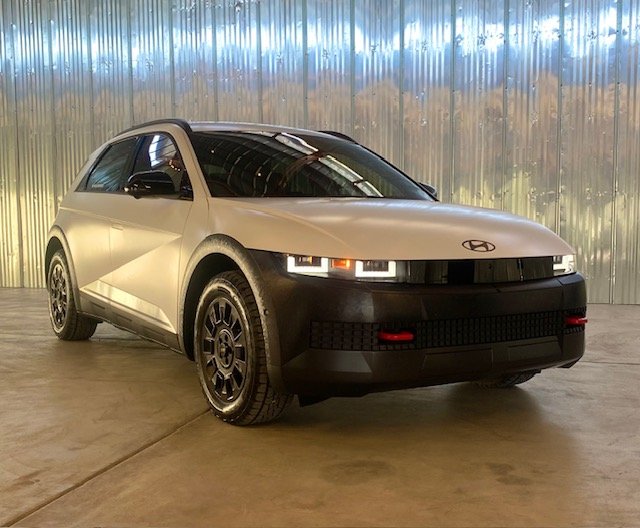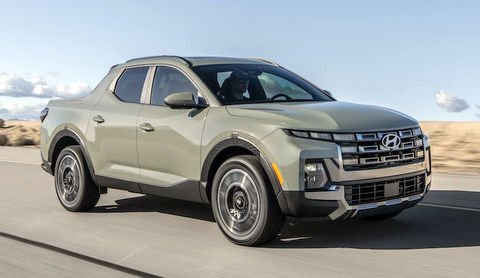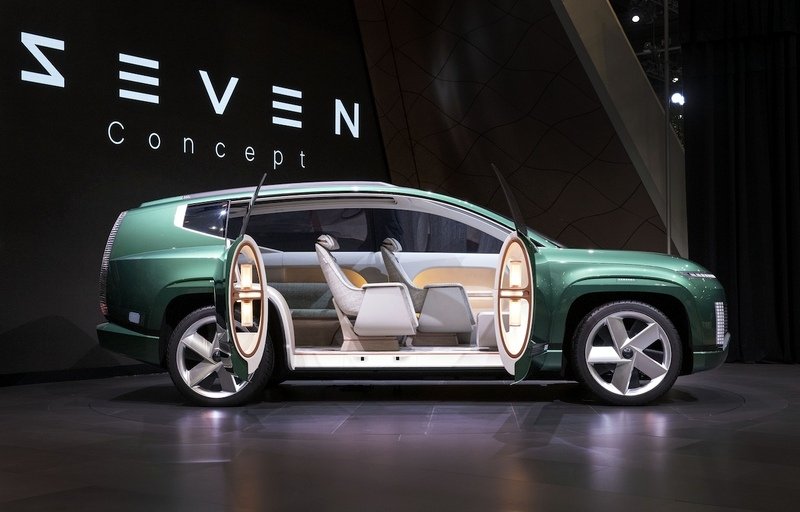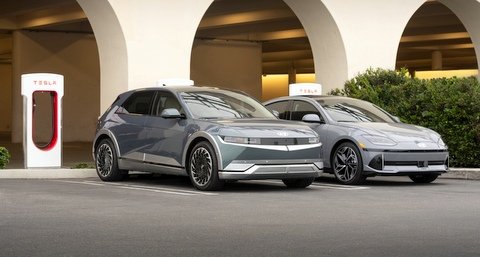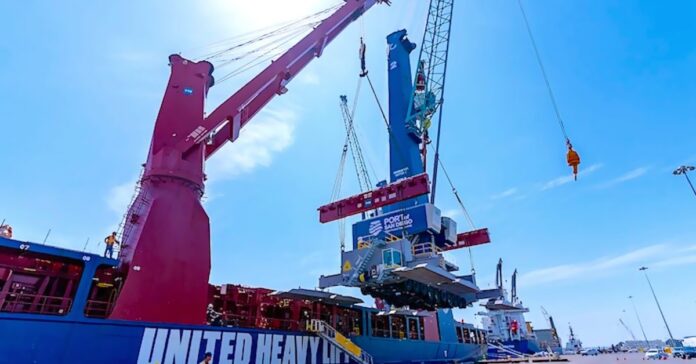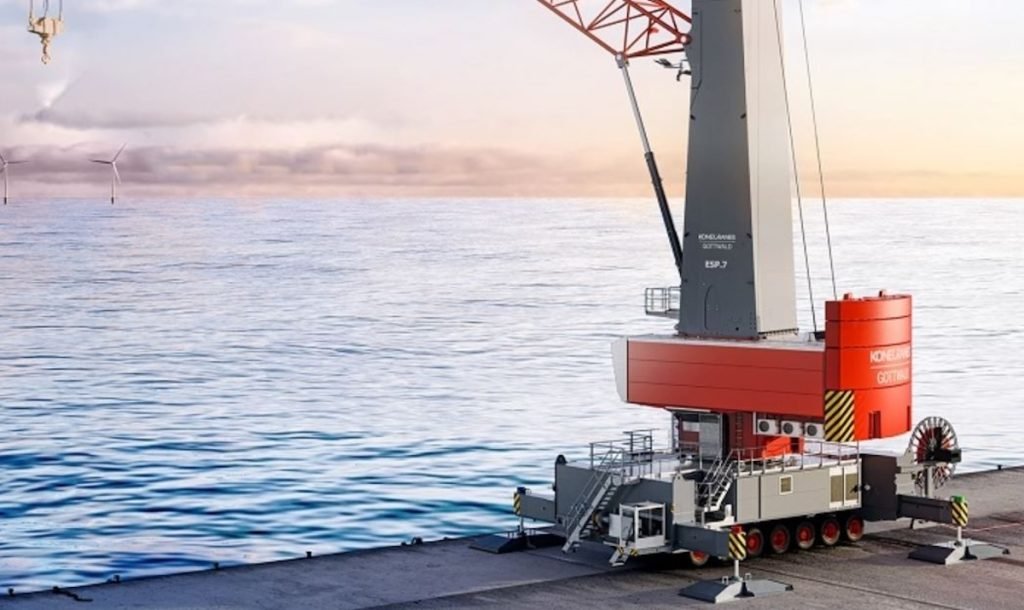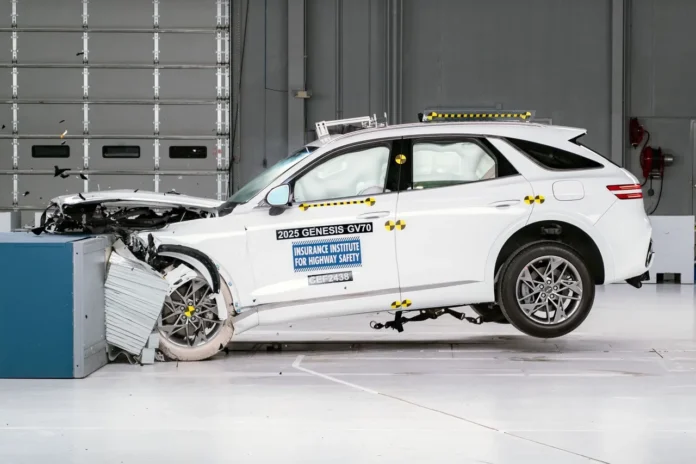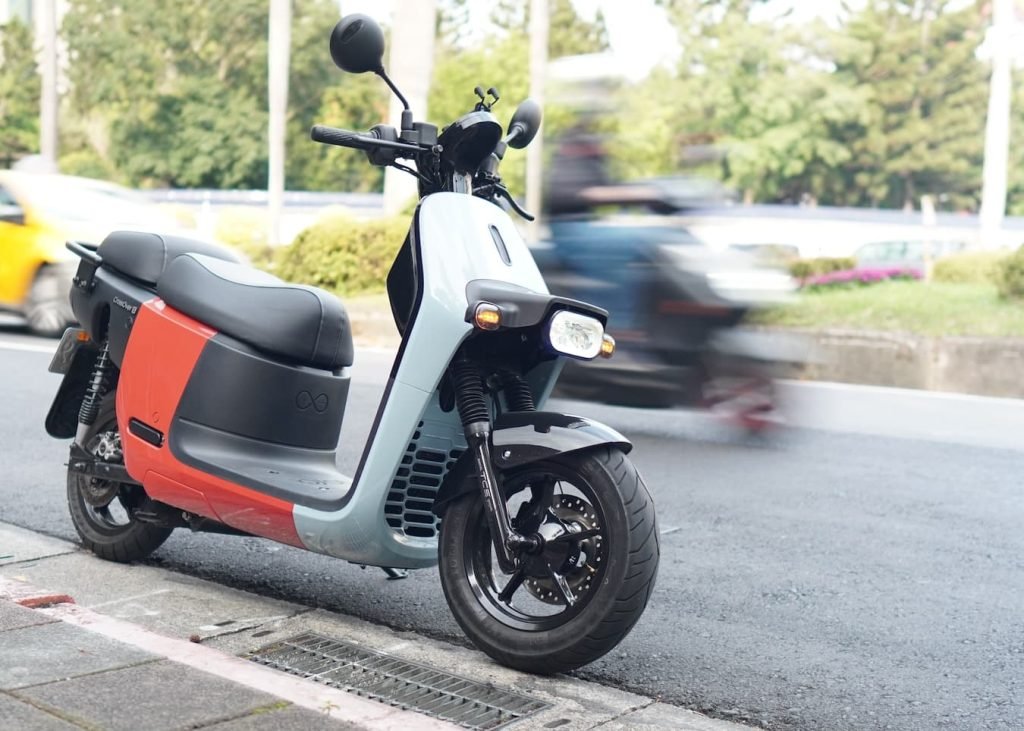

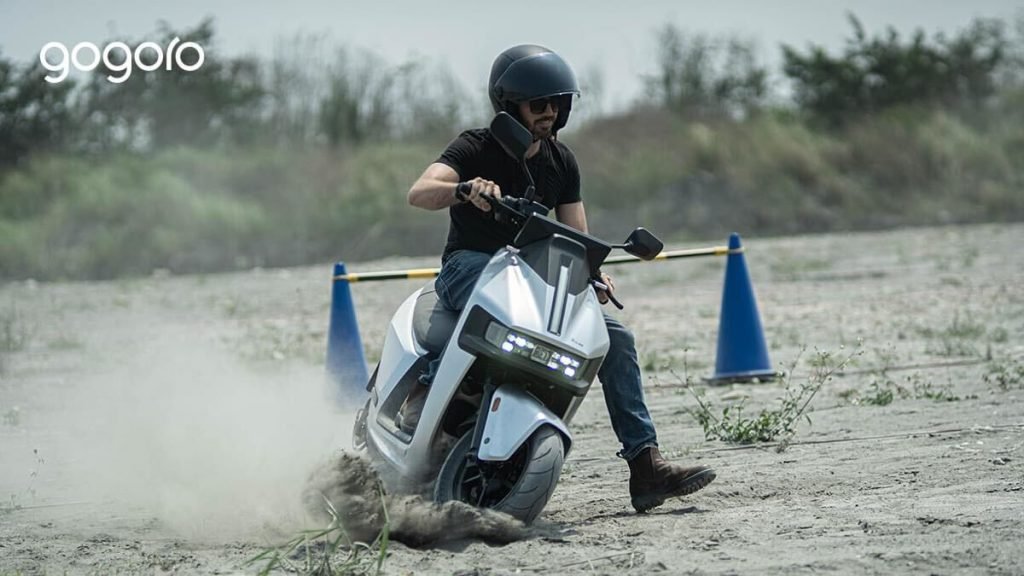


Horace Luke, the founder and CEO of the world’s leading electric vehicle battery-swapping company Gogoro, just announced his resignation. The move comes during a period of growing financial losses for the company and follows accusations of potential subsidy fraud in its domestic market of Taiwan.
The Taipei Times described the announcement as a bombshell. Luke had built Gogoro largely from the ground up while maintaining major influence over the company’s designs and operations, from minute details to major strategy.
“After much reflection, I have made the difficult decision to step down from my role as CEO and chairman of Gogoro,” Luke explained in the announcement. “This decision has not been easy, but I believe it is the right time for the company and I to transition leadership as we embark on the next phase of growth. My confidence in Gogoro’s bright future remains steadfast. I will always be Gogoro’s biggest advocate, and I look forward to seeing the company continue to grow and succeed from a new vantage point.”
Luke nor the company provided a reason for the departure.
Gogoro’s board appointed Henry Chiang as the interim CEO. Chiang served as the general manager of Gogoro since 2022 and head of the company’s sharing operations GoShare team from 2018 to 2022.
The Board also appointed Tamon Tseng as the new director and Chairman of the Board to replace Luke.

Gogoro’s electric scooters and iconic green-on-black batteries have become famous around the world, demonstrating hundreds of thousands of battery swaps a day from a large user base. The system has been touted as the first practical battery-swapping initiative to demonstrate successful operation on a massive scale, counting hundreds of millions of battery swaps to date.
However, during its period of rapid growth and international expansions over the last several years, the company has seen ballooning financial losses.
Reports also began swirling last week of subsidy fraud, with accusations that Gogoro received subsidies from the Taiwanese government intended for domestic manufacturers while failing to disclose that some of its components were actually produced in China.

Gogoro, which trades on the NASDAQ, filed a Form 6-K report with the SEC after Luke resigned, explaining that the company had conducted an internal investigation into the accusations of subsidy fraud.
“During such investigations, the Company has identified certain irregularities in supply chain which caused the Company to inadvertently incorporate certain imported components in some of its vehicles,” says the filing. “The Company has reported the irregularities in supply chain to the local authorities and is fully cooperating with the local authorities in their investigations, while also continuing with its internal investigations.”

Electrek’s Take
Well, this is not the news I was hoping to cover today.
I’m a Gogoro rider myself (my Gogoro is my and my wife’s daily driver vehicle) and have long been a fan of the company’s technology. Gogoro’s spread around much of Asia and, more recently, into the Middle East and South America speaks to how well the technology works – something I’ve known from using it each day.
But running such a massive operation is not cheap, especially when investing in massive local factories for the scooters and the batteries. Gogoro’s own statement to the SEC describes its use of foreign-made components in some vehicles as “inadvertent,” and we haven’t yet heard from Luke on whether there was any wrongdoing. But as the leader of a company, especially one that proudly involves himself in nearly every aspect and regularly pores over the small details, the buck obviously has to stop with him.
Hopefully, Gogoro can move past this, as the company’s electric scooters and important battery-swapping technology have proven to be such a major weapon in the reduction of emissions in countries all over Asia that are heavily reliant on combustion engine motorcycles for transportation. Many Westerners have asked me when Gogoro would be expanding to Europe and North America, and so the international demand is obviously there. Now we just need to hope Gogoro is able to sort things out and continue on with its important mission of bringing affordable, high-tech electric vehicles and battery-swapping technology to areas of the world where it makes the biggest difference.

Source link by Electrek
Author Micah Toll
#Gogoro #CEO #resigns #accusations #subsidy #fraud

